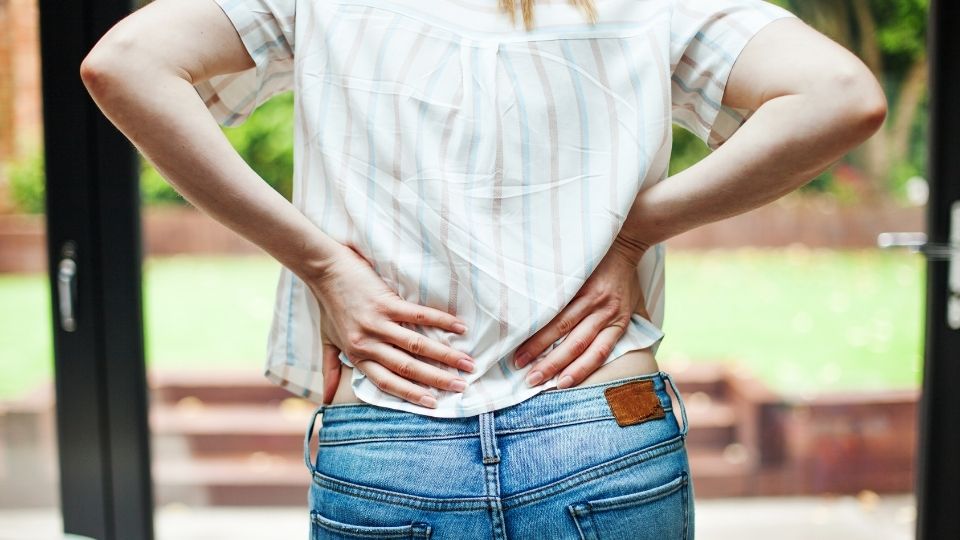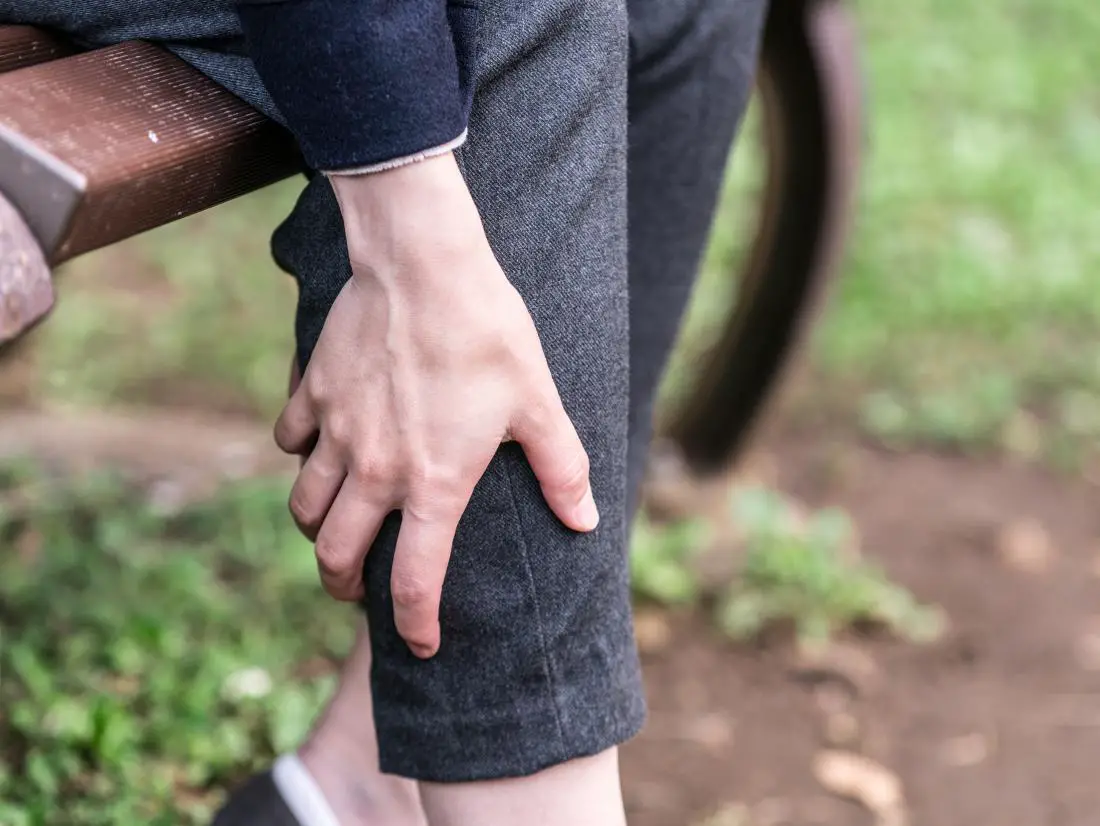DIY Scrub for Keratosis Pilaris Buttocks: Beauticians' Guide
As a beautician, you're often faced with clients seeking solutions for various skin concerns, and keratosis pilaris is no exception. This common condition, known for its rough, bumpy patches, often appears on the buttocks, leaving many in search of an effective remedy. Luckily, a DIY scrub for keratosis pilaris buttocks can be an excellent at-home solution to recommend.
Keratosis pilaris, sometimes referred to as 'chicken skin,' results from a buildup of keratin, a protein that protects skin from infections. While harmless, it can be cosmetically displeasing. A well-crafted DIY scrub can help exfoliate dead skin cells and smooth out the skin's texture, making it a valuable addition to any beauty regimen.

Understanding Keratosis Pilaris
Before delving into the DIY scrub, it's crucial to understand what keratosis pilaris is and how it affects the skin. This condition occurs when keratin, a protein in the skin, forms a plug that blocks the opening of hair follicles. This results in small, rough bumps, typically on the upper arms, thighs, cheeks, or buttocks.
For a more in-depth understanding, you can refer to [Keratosis Pilaris Overview](https://www.webmd.com/skin-problems-and-treatments/keratosis-pilaris) for a comprehensive look at the condition.
Ingredients for a DIY Scrub
Creating a DIY scrub for keratosis pilaris buttocks involves using natural ingredients that are gentle on the skin yet effective in exfoliating and moisturizing. Here's a list of ingredients that can help:
1. Brown Sugar
Brown sugar is an excellent natural exfoliant. Its small granules are gentle yet effective in sloughing off dead skin cells without causing irritation.
2. Coconut Oil
Coconut oil is renowned for its moisturizing properties, making it an ideal base for any scrub. It helps to soften the skin and prevent dryness, which can exacerbate keratosis pilaris.
Find out more about how [Coconut Oil for Keratosis Pilaris](https://livananatural.com/blogs/news/coconut-oil-for-keratosis-pilaris-butt) can be beneficial.
3. Lemon Juice
Lemon juice contains citric acid, which helps to break down dead skin cells and promote clearer skin. Its natural acidity can help to balance the skin's pH.
4. Honey
Honey is a natural antibacterial and anti-inflammatory agent. It helps to soothe the skin and can reduce redness associated with keratosis pilaris.
How to Prepare Your DIY Scrub
Combining these ingredients can create a powerful scrub that tackles keratosis pilaris effectively. Here's a simple recipe to follow:
- Mix half a cup of brown sugar with two tablespoons of coconut oil.
- Add a tablespoon of lemon juice and a tablespoon of honey to the mixture.
- Stir the ingredients until well combined, forming a paste.
This scrub can be used in the shower, applied in gentle, circular motions to the affected areas. Rinse off thoroughly and follow with a moisturizer to lock in hydration.
Additional Tips for Managing Keratosis Pilaris
While a DIY scrub can be highly beneficial, combining it with other skincare practices can enhance results. Here are some tips:
1. Regular Moisturizing
Keeping the skin moisturized is essential. Use a lotion or cream that contains urea or lactic acid to further aid in the exfoliation process.
2. Avoid Harsh Soaps
Harsh soaps can strip the skin of its natural oils, exacerbating keratosis pilaris. Opt for gentle, fragrance-free cleansers.
For more detailed guidance, you can explore [How to Exfoliate Keratosis Pilaris Naturally](https://livananatural.com/blogs/news/how-to-exfoliate-keratosis-pilaris-naturally).
3. Consider Professional Treatments
For clients with severe cases, professional treatments such as chemical peels or laser therapy might be recommended. However, these should be considered after consulting with a dermatologist.
Learn more about professional interventions in [Keratosis Pilaris Treatment and Self-Care](https://www.health.harvard.edu/diseases-and-conditions/keratosis-pilaris-treatment-and-self-care-for-this-common-skin-condition).
FAQs
1. Can keratosis pilaris be cured?
While there's no permanent cure for keratosis pilaris, its symptoms can be managed effectively with the right skincare routine.
2. How often should the DIY scrub be used?
It's recommended to use the scrub 2-3 times a week, depending on the skin's sensitivity.
3. Are there any risks associated with using a DIY scrub?
When used correctly, DIY scrubs are generally safe. However, it's important to patch test any new product to ensure there's no adverse reaction.

Conclusion
As a beautician, recommending a DIY scrub for keratosis pilaris buttocks can empower clients to take charge of their skincare routine. By understanding the condition and utilizing effective, natural ingredients, you can help your clients achieve smoother, healthier skin.

